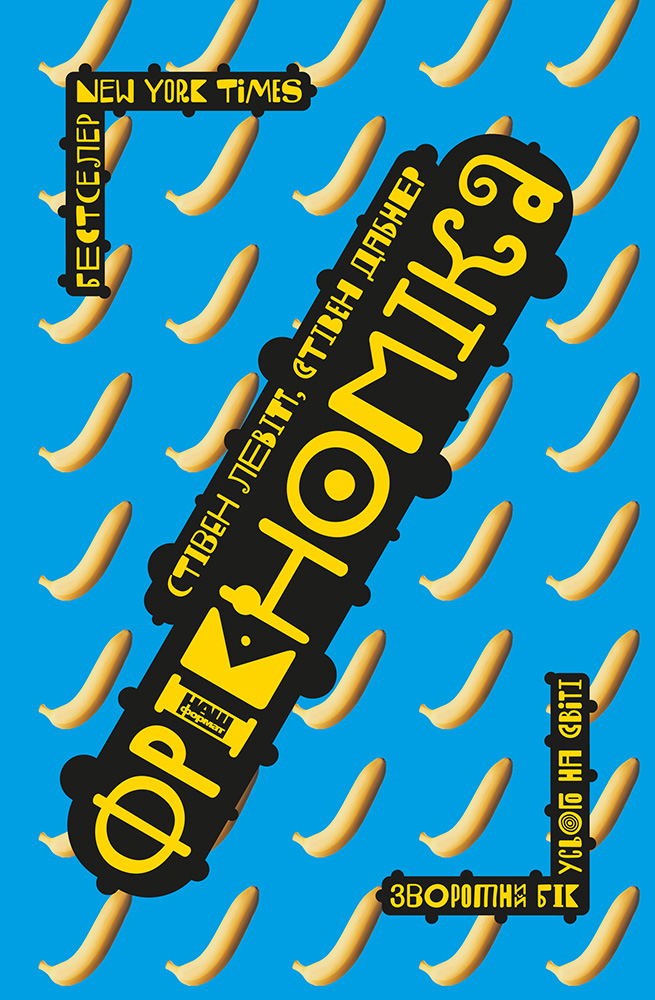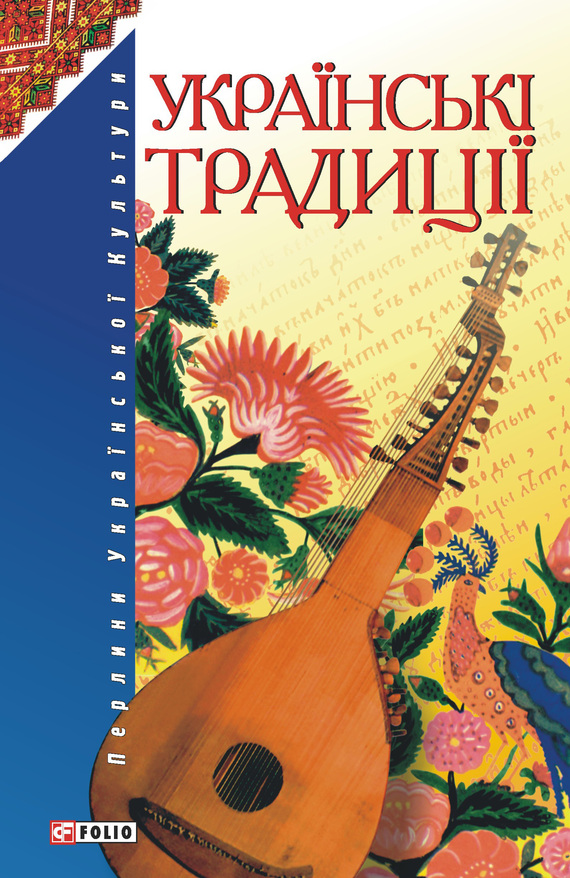Читати книгу - "Genghis Khan and the Making of the Modern World"
Шрифт:
Інтервал:
Добавити в закладку:
After defeating the Jurkin, he moved his followers downstream on the Kherlen into their territory. Temujin made his new base camp near the confluence of the smaller Tsenker River with the Kherlen. Eventually, this became his capital known as Avarga, but at this time, it was only a remote camp. The land between two rivers was called aral, “island,” in Mongolian. Because the island between the Tsenker and Kherlen Rivers offered a wide open pasture, they called it the Khodoe Aral, which in modern Mongolian means “Country Island” but in classical Mongolian carried the meaning “Barren Island,” and that name is an apt description for this isolated place in the midst of a large, open, and treeless prairie.
Barren as Avarga may have been, it constitutes on a grand scale the steppe herder’s ideal home territory. Herders desire a ger that faces south in order to admit the light and warmth of the southern sun through the entryway as well as to prevent the cold northern winds from entering. They want to face water, but not be too close. A thirty-minute walk from the river seems to be the right distance to avoid polluting it with too much human waste. That distance also provides protection from the summer insects and flash floods that sometimes rage along the river plains. In addition to these advantages, Avarga was still close to the place of Temujin’s birth and to the sacred mountain Burkhan Khaldun, which rose about 130 miles upstream at the headwaters of the Kherlen River. Avarga offered all of this, and from 1197 to the end of his life, it served as Temujin’s operations base.
Although Temujin’s followers prospered for four years in their new home as the size of his tribe continued to grow, Jamuka refused to recognize his leadership, and increasingly became the rallying figure for the aristocratic clans who did not like the changes Temujin was bringing to their traditional way of life. In 1201, the Year of the Cock, Jamuka made a play, with their support, for the position of ruler of all the Mongol people. In a challenge to both Temujin and Ong Khan, Jamuka summoned a khuriltai that conferred upon him the ancient and honored title of Gur-ka or Gur-khan, which meant chief of all chiefs or khan of all khans. His people swore a new oath of loyalty to him, and to sanctify the oath, they cut up one stallion and one mare in sacrifice.
Jamuka had not chosen the ancient title merely because it was old; he had a more directly sinister motive. The last khan to bear the title of Gur-Khan had been Ong Khan’s uncle, who had ruled the Kereyid people until Ong Khan revolted against him and killed him and his brothers. It was during this revolt that Temujin’s father, Yesugei, became the ally of Ong Khan. By choosing this title, Jamuka was publicly challenging the power of Ong Khan as well as his subordinate, Temujin.
If Jamuka could win this war, he would be the supreme ruler of the central steppe. He had on his side the important and aristocratic clans such as the Tayichiud, to which Temujin’s family had once been subservient and who had enslaved Temujin when he was a boy. The struggle that began to shape up between the two Mongol factions portended to be more than just a series of raids for loot and captives; it would be a death struggle between Jamuka and Temujin for leadership of all the Mongols. As the sponsor for Temujin, Ong Khan organized his warriors and came out to personally lead the campaign against Jamuka.
The primary objective of such campaigns was never to have to actually fight a battle at all but instead to frighten the other side by overwhelming force so that they would flee. To induce this fear, the steppe warriors relied on many tactics. One of those was the display of the Spirit Banners of the opposing leaders and their ancestors. Before battle, the warriors made animal sacrifices before the Spirit Banners as an offering to their guiding spirits and to their ancestors. Such spiritual dramas whipped up emotions and heightened tension. A lineage on one side would find it very difficult to fight if kinsmen on the other side had paraded the Spirit Banner of their common ancestor. That would be tantamount to attacking one’s own grandfather.
The prebattle propaganda also involved shamans with their drums and all their ritual paraphernalia. Before the battle, the rival shamans foretold the future by reading the cracks in the burned shoulder bones of sheep. The presence of a shaman showed that he had forecast victory for his side, and the power of that forecast depended on his past reputation for choosing the winning side. Temujin had already attracted a number of shamans who revealed dreams to him, including one named Teb Tengeri, who would later play an important role. The shamans added to the occasion by climbing up on a promontory to pound their drums and beat magical rocks with which they could summon supporting spirits and control the weather. The objective was to entice warriors on the other side to defect to the superior side or to flee.
When Jamuka pitted his army against the Kereyid, the numerical advantage clearly belonged to Ong Khan and Temujin. The psychological advantage of Temujin’s cadre of respected shamans strengthened his position, especially after a tremendous storm erupted with intense thunder and lightning that both sides attributed to the magic of the shamans. Many of Jamuka’s followers fled in fright, forcing Jamuka to retreat. Ong Khan’s warriors chased after Jamuka and the main part of his army, and he ordered Temujin to follow the Tayichiud as they
Увага!
Сайт зберігає кукі вашого браузера. Ви зможете в будь-який момент зробити закладку та продовжити читання книги «Genghis Khan and the Making of the Modern World», після закриття браузера.




